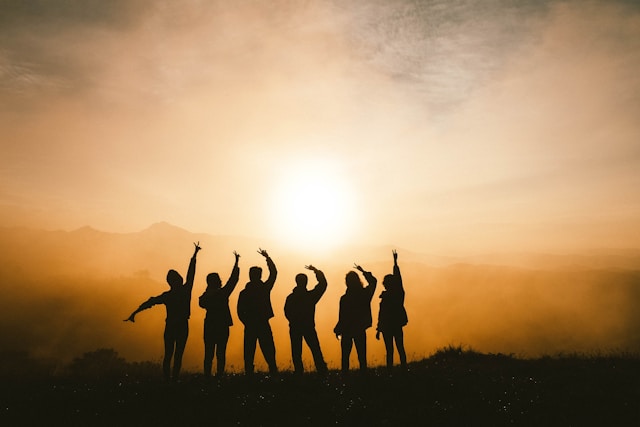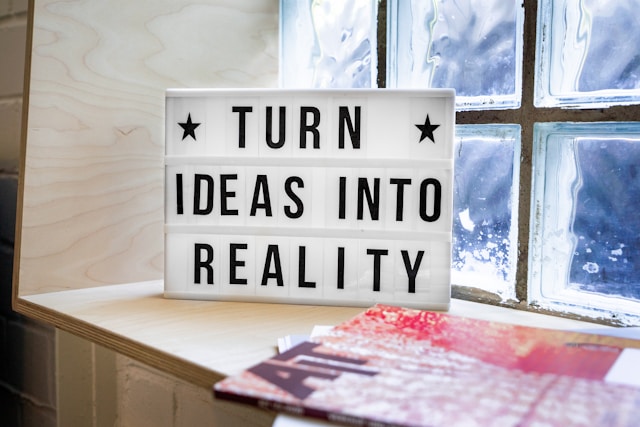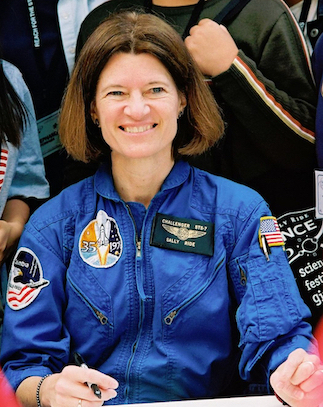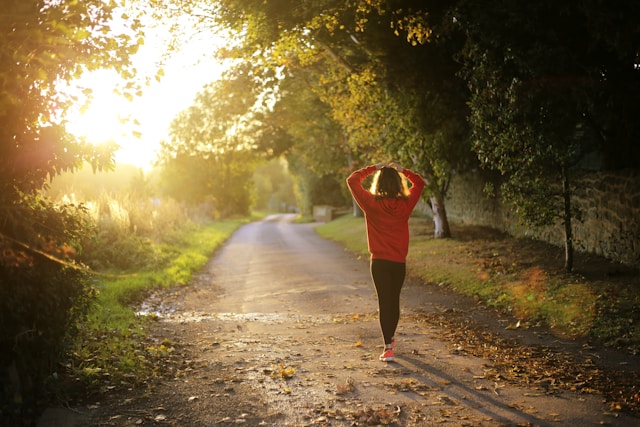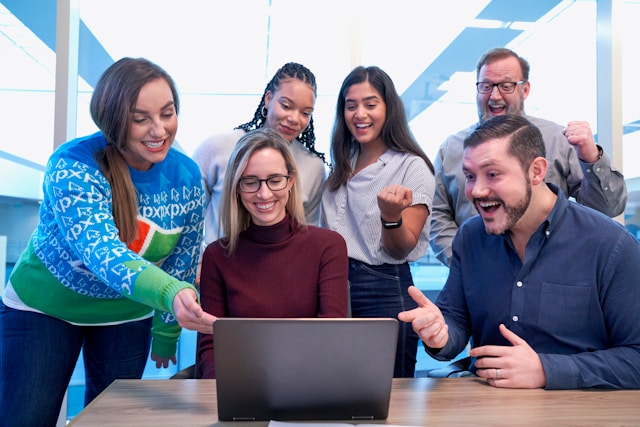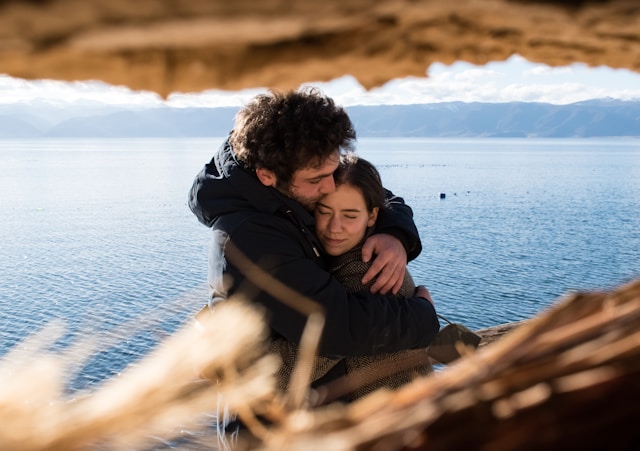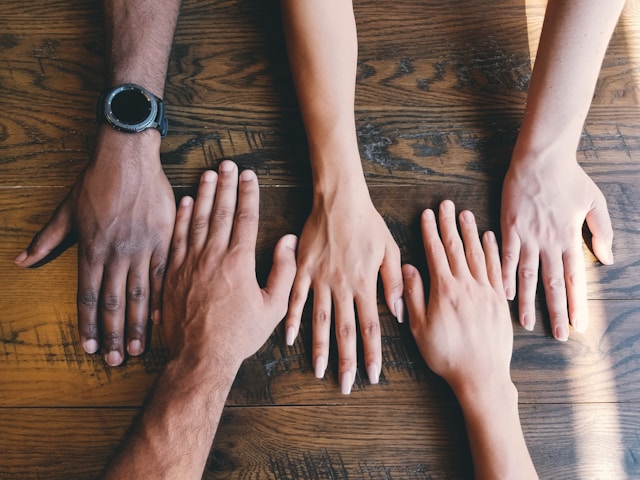Nurture the relationships that nourish you. They are the best defense against loneliness.
—Calm App Reflection
Life’s richest nourishment rarely comes from food or fame — it comes from connection.
- The quiet friend who checks on you
- The colleague who makes you laugh when you can’t
- The neighbor who remembers your name
These people are your emotional vitamins, guarding your heart from the hunger of loneliness. Yet relationships, like gardens, whither without care.
So: call first, forgive faster, listen longer.
In a world obsessed with independence, real strength lies in interdependence — the gentle give-and-take that reminds us we belong.
When you nurture the bonds that feed your soul, you’re not just avoiding loneliness — you’re cultivating joy, meaning, and warmth that solitude can never replace.
EXERCISE:
Here are a few books that can help enhance your connection skills and reduce loneliness for an even more fulfilling life:
How to Win Friends and Influence People by Dale Carnegie
The 5 Love Languages by Gary Chapman
Together: The Healing Power of Human Connection in a Sometimes-Lonely World by Uvek H. Murthy

